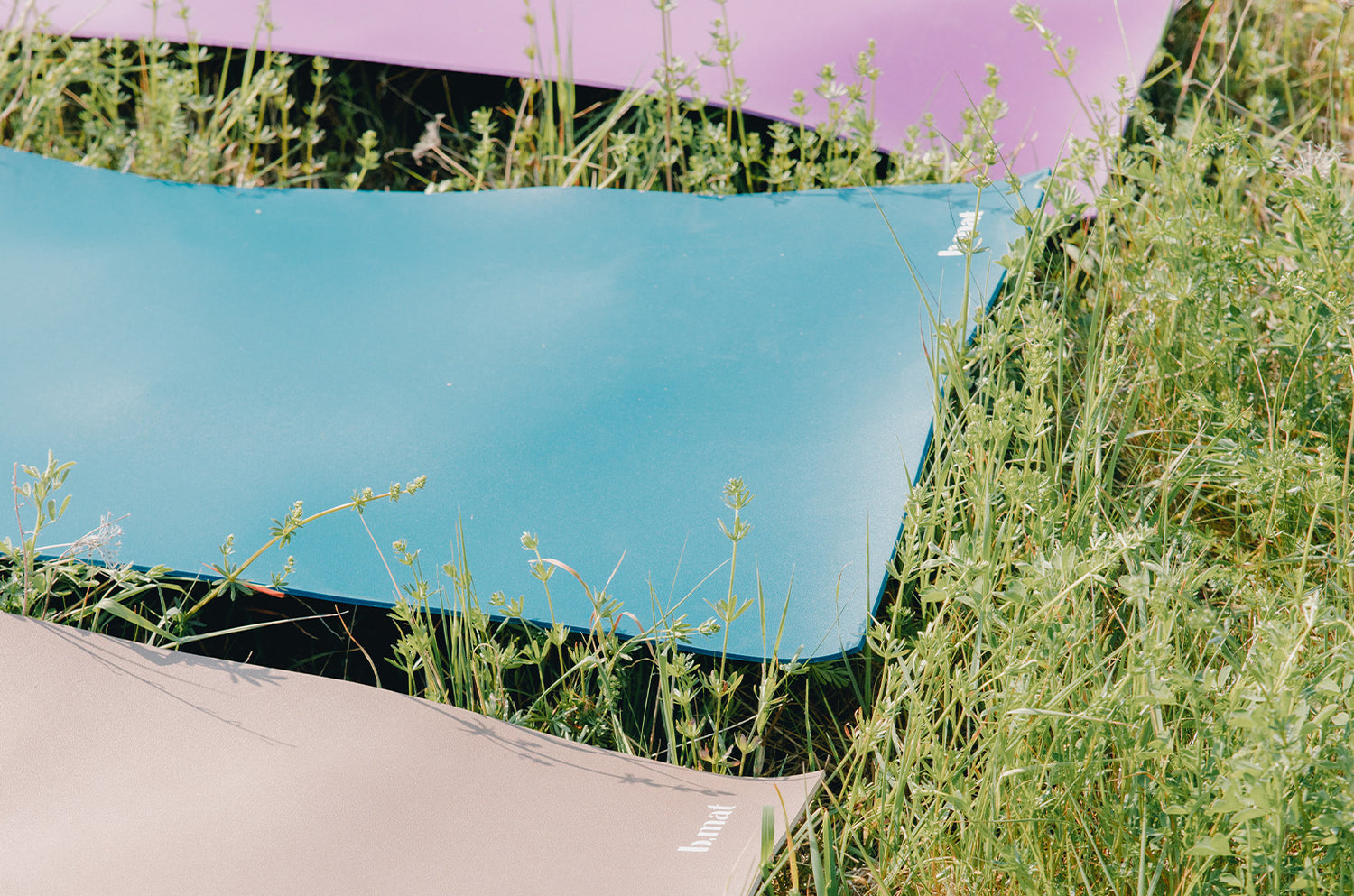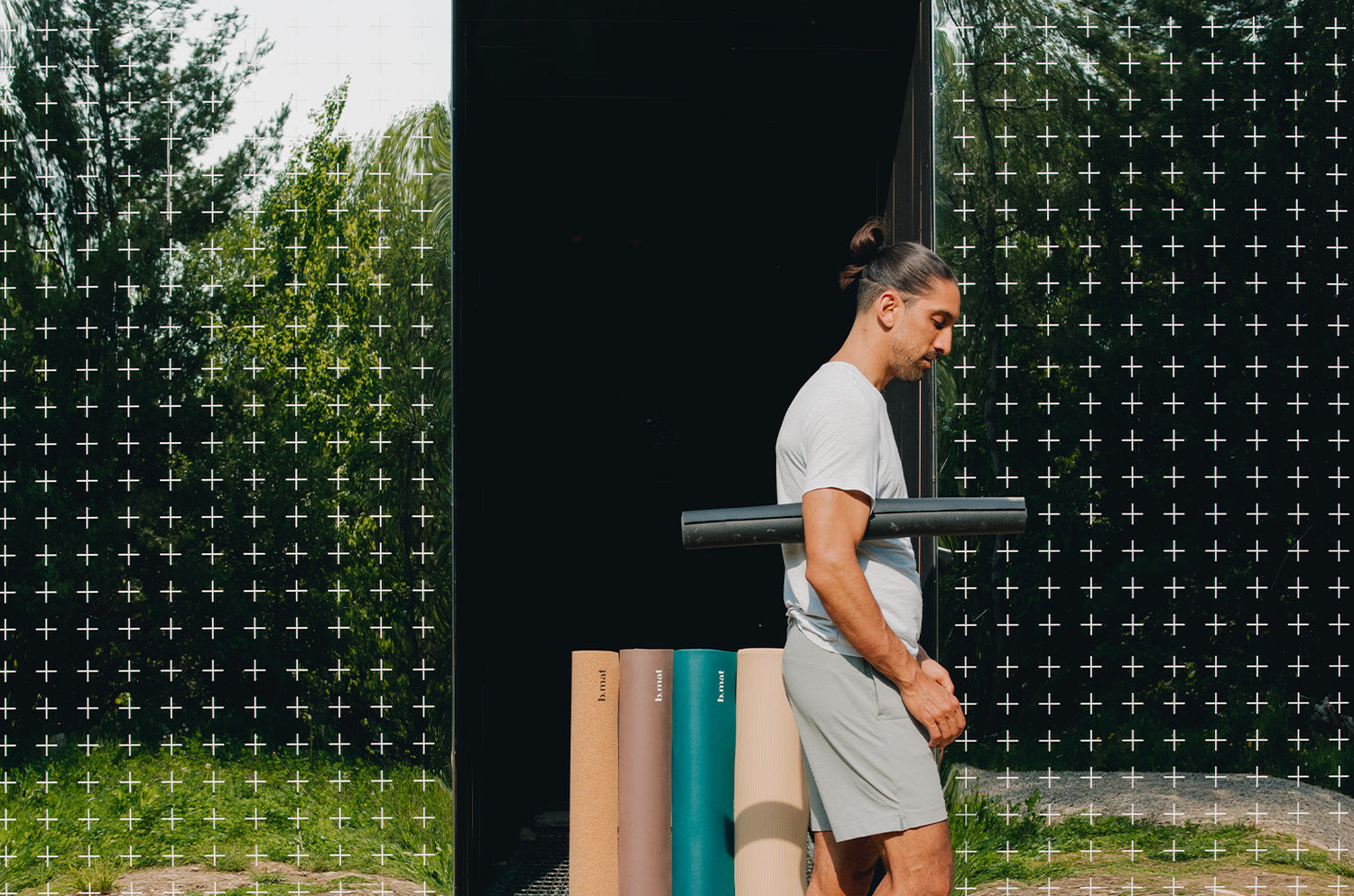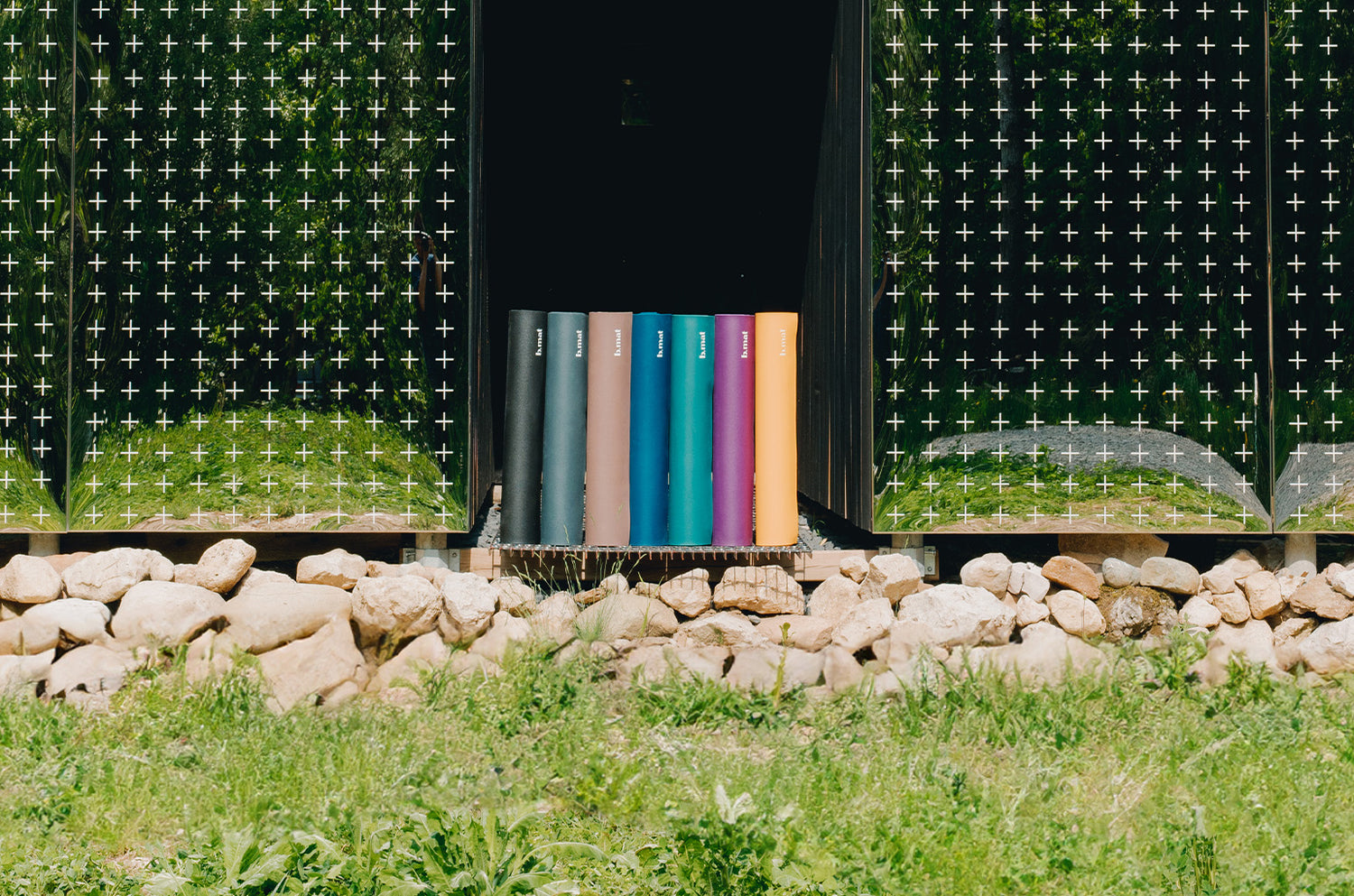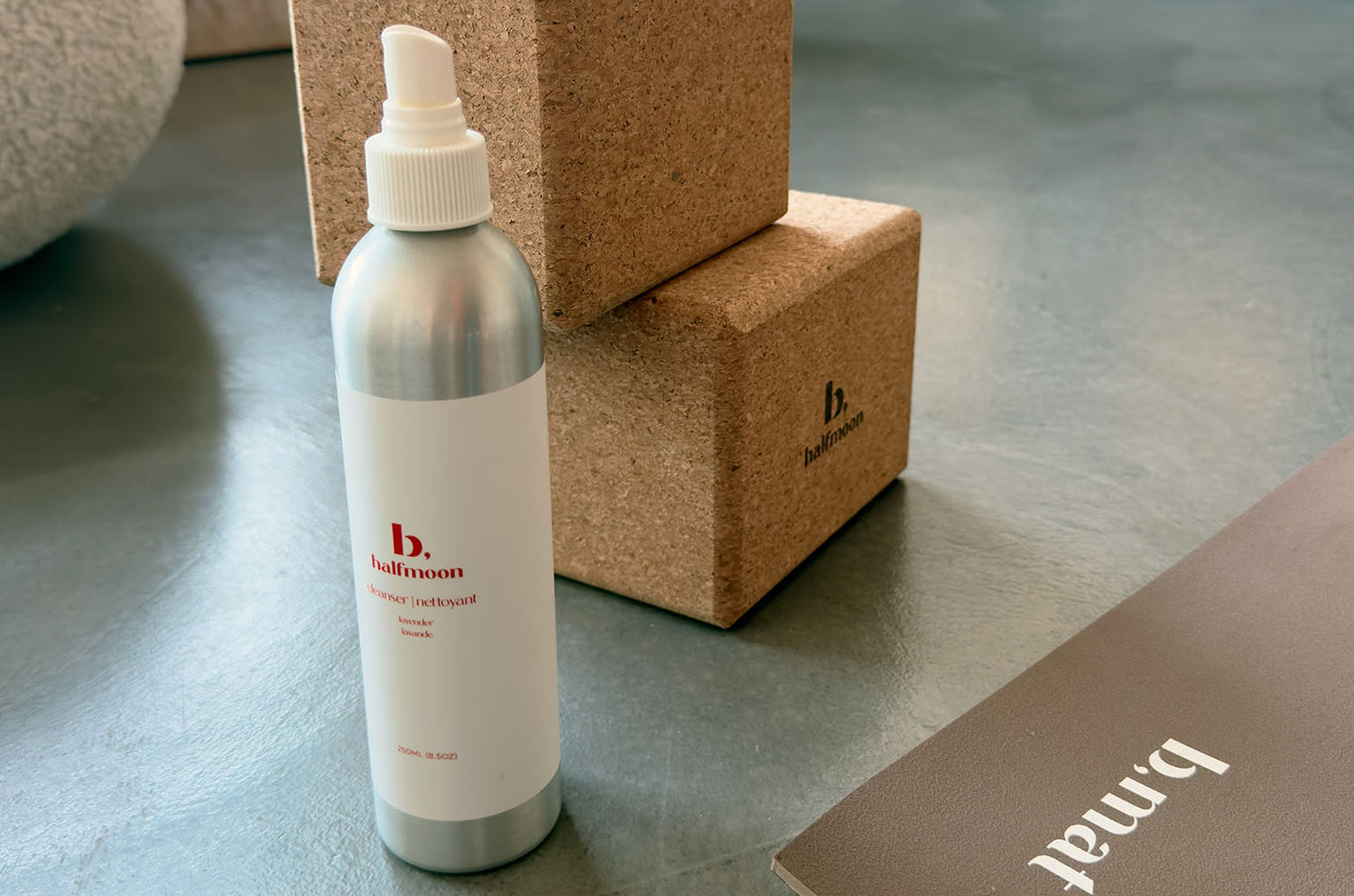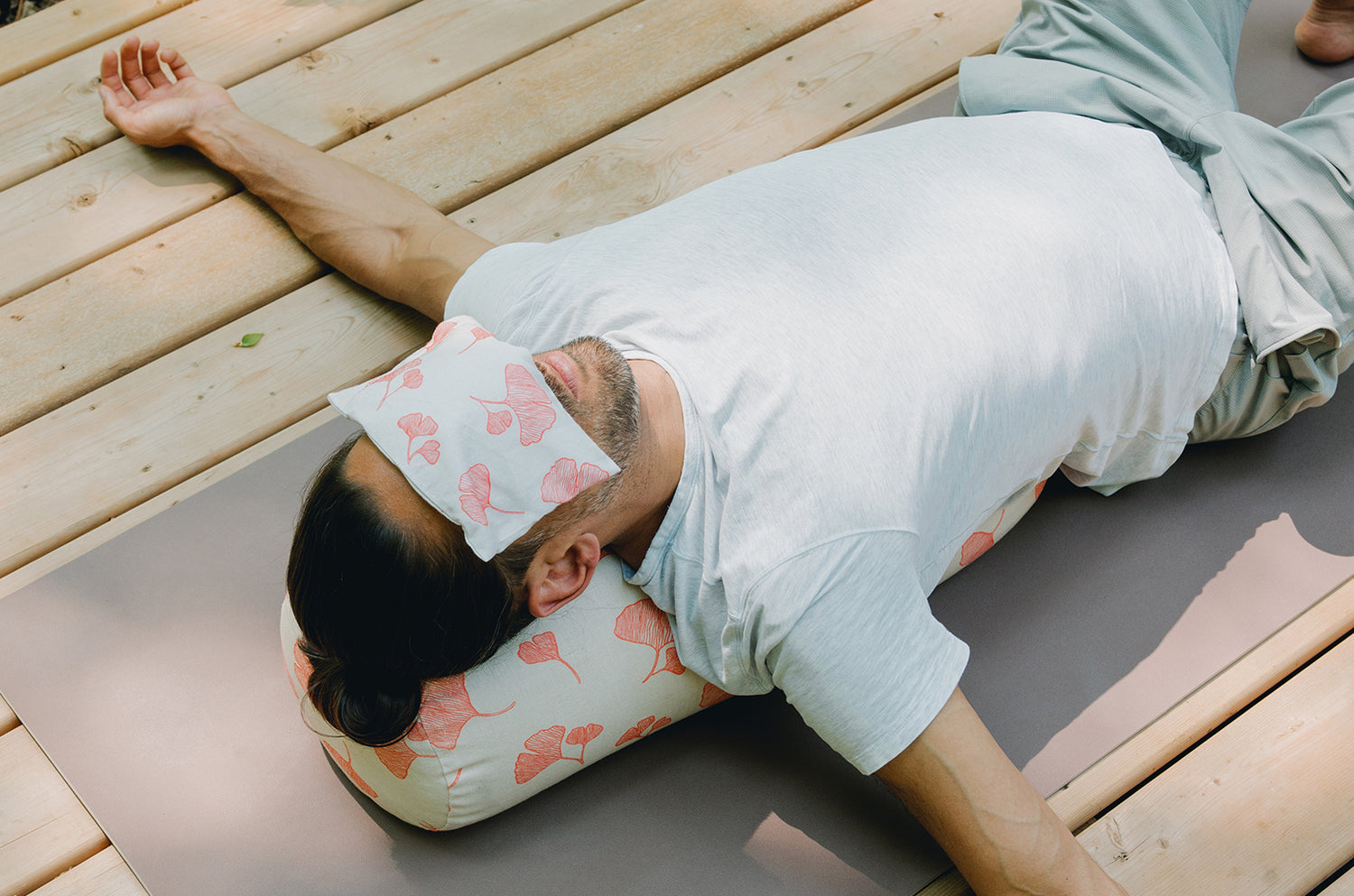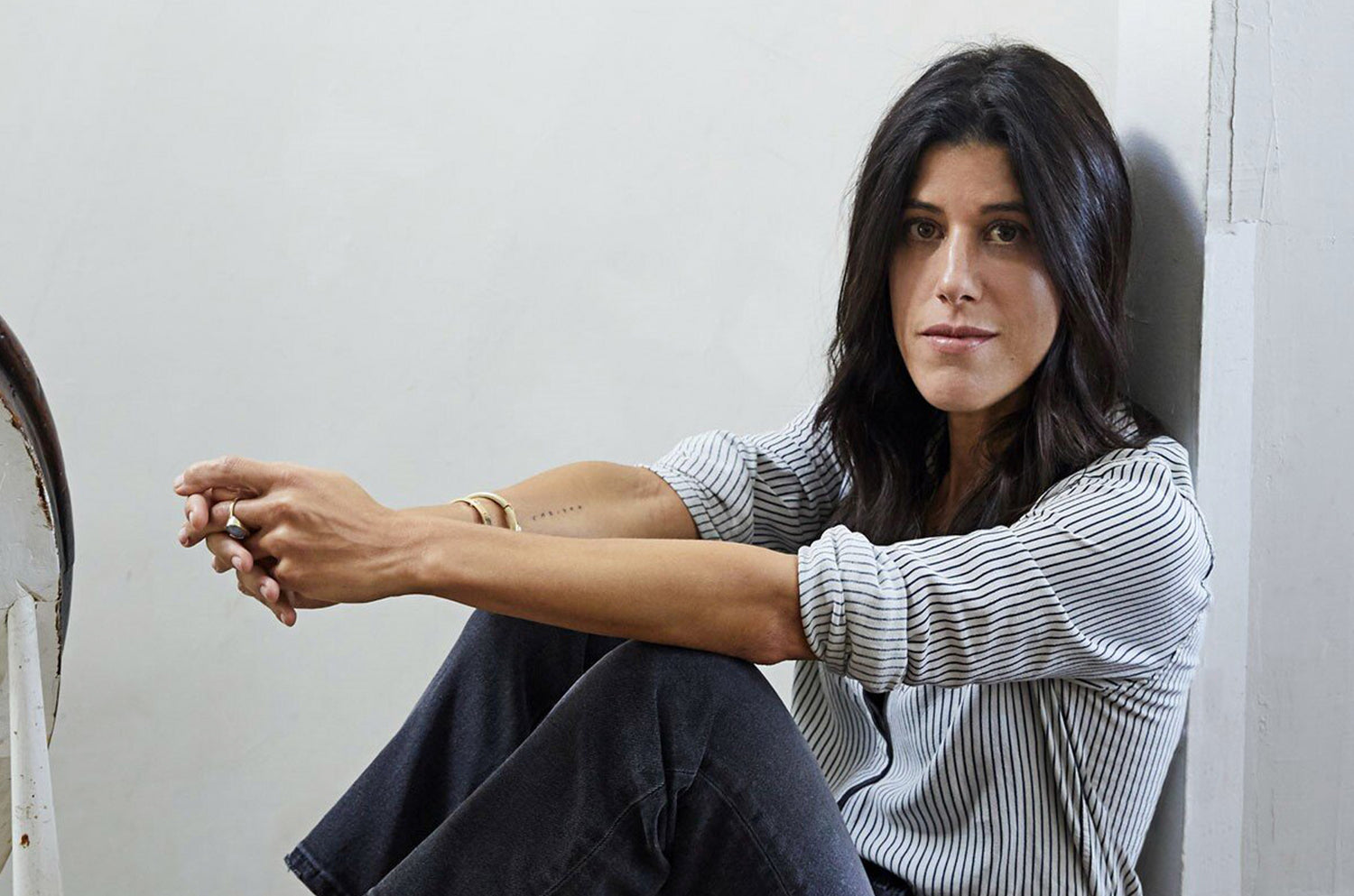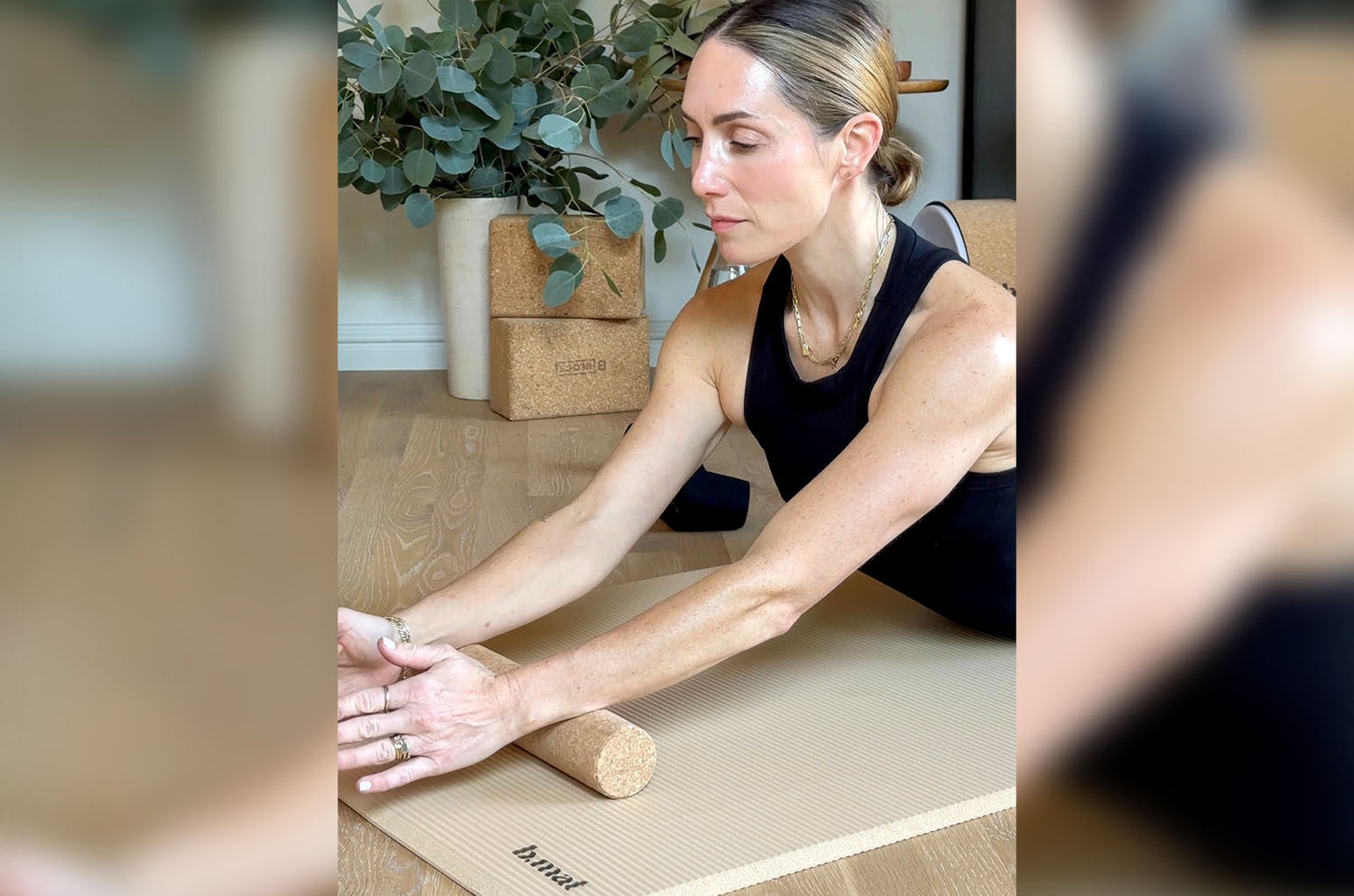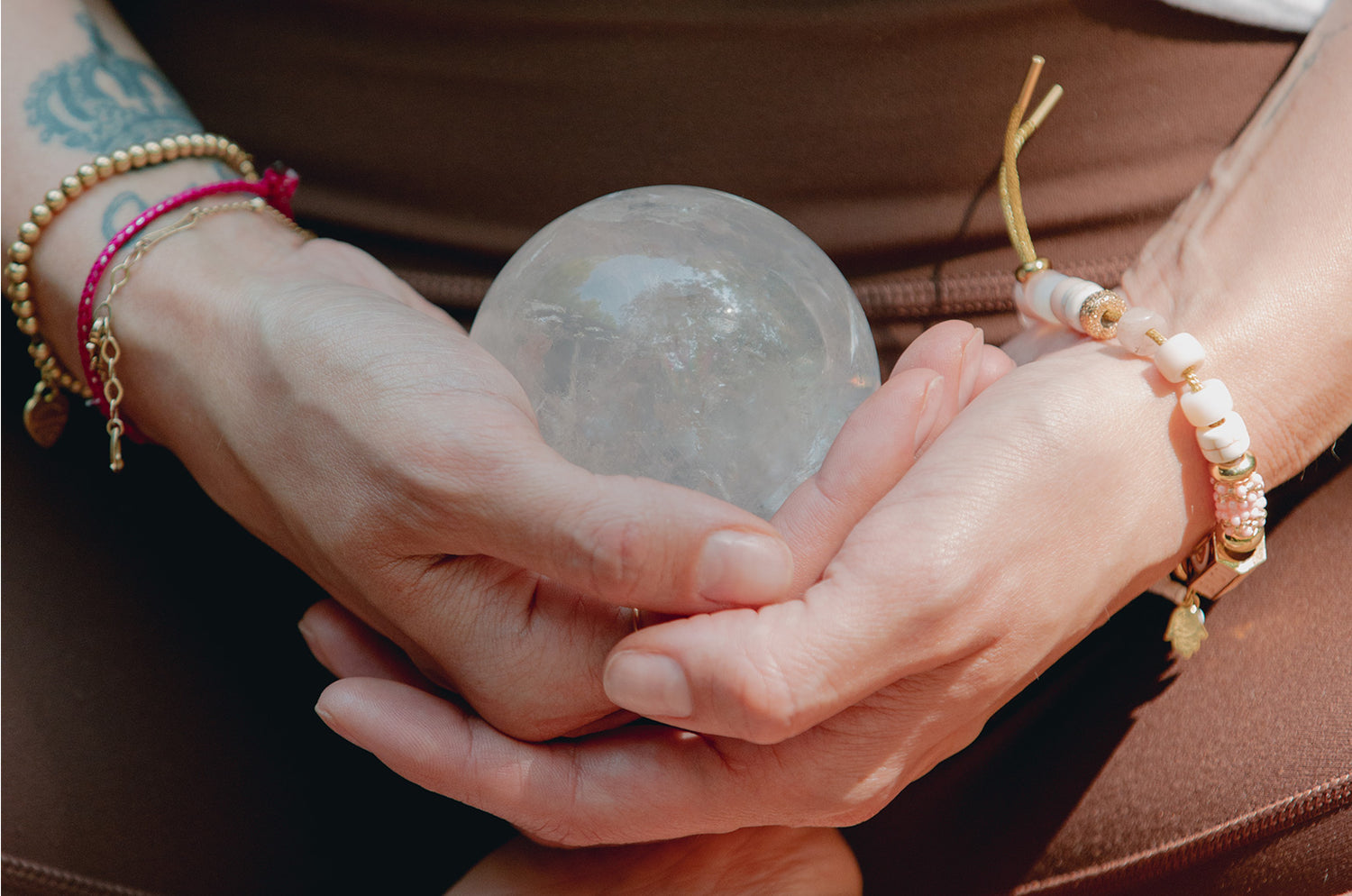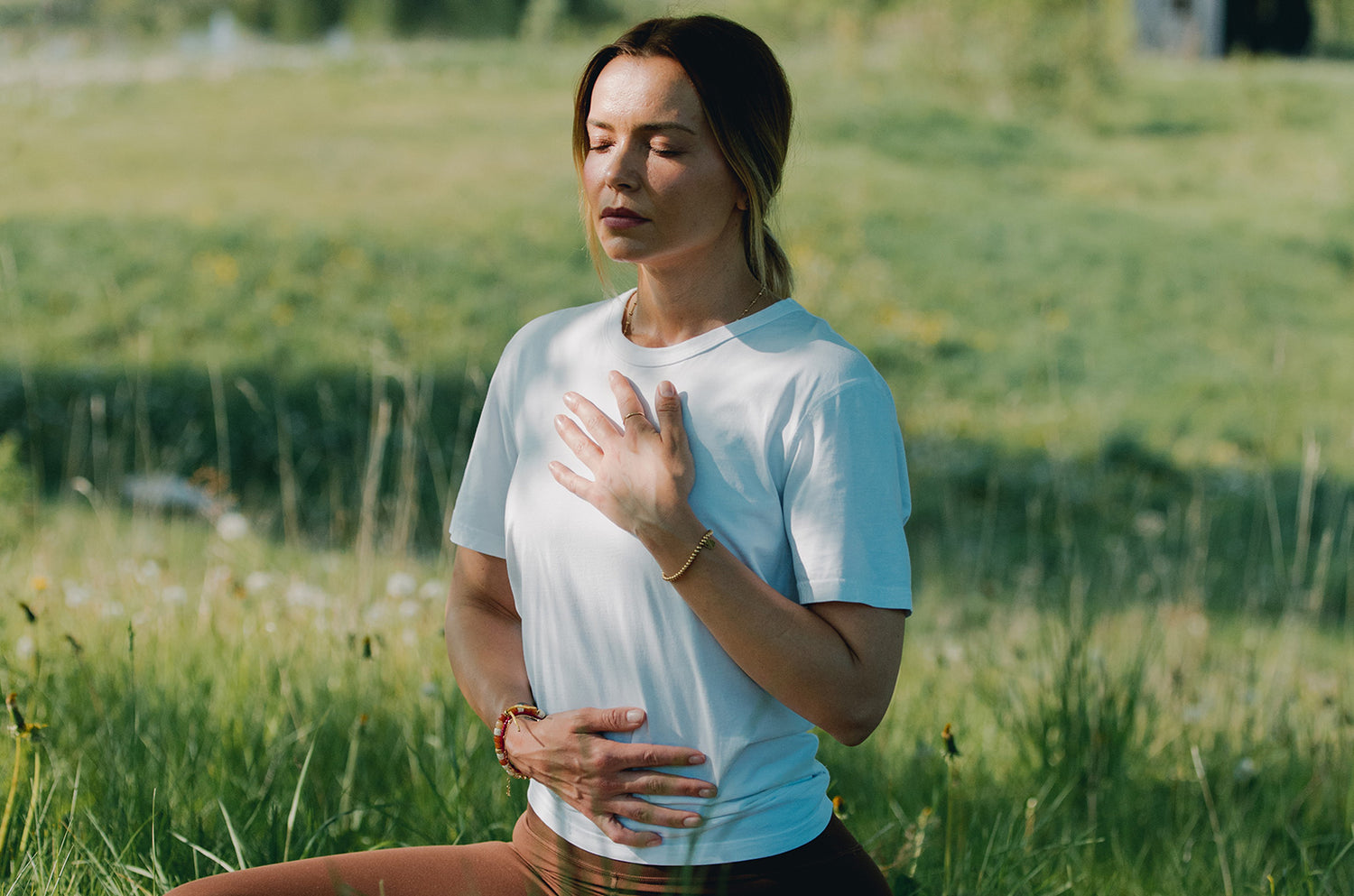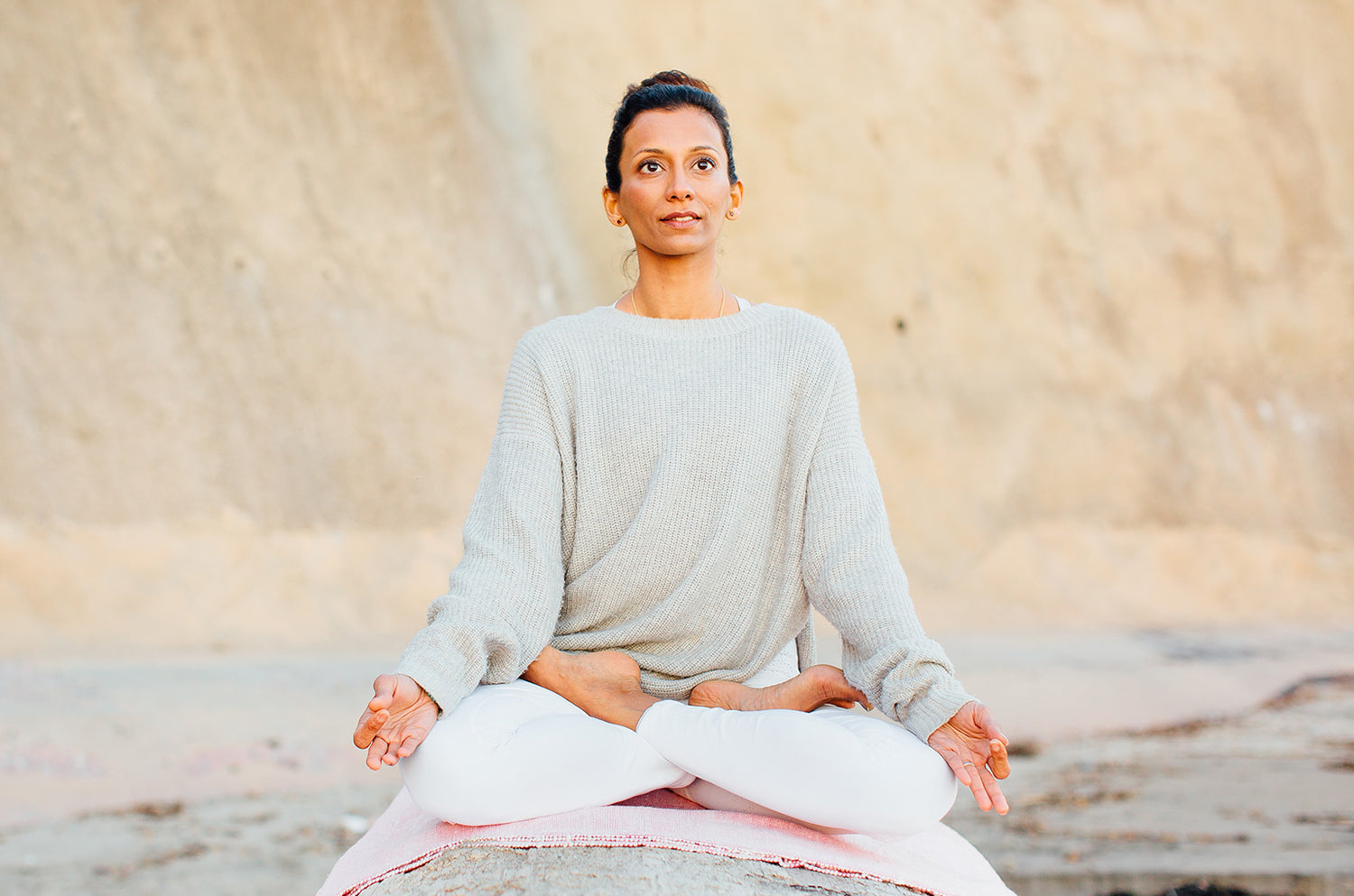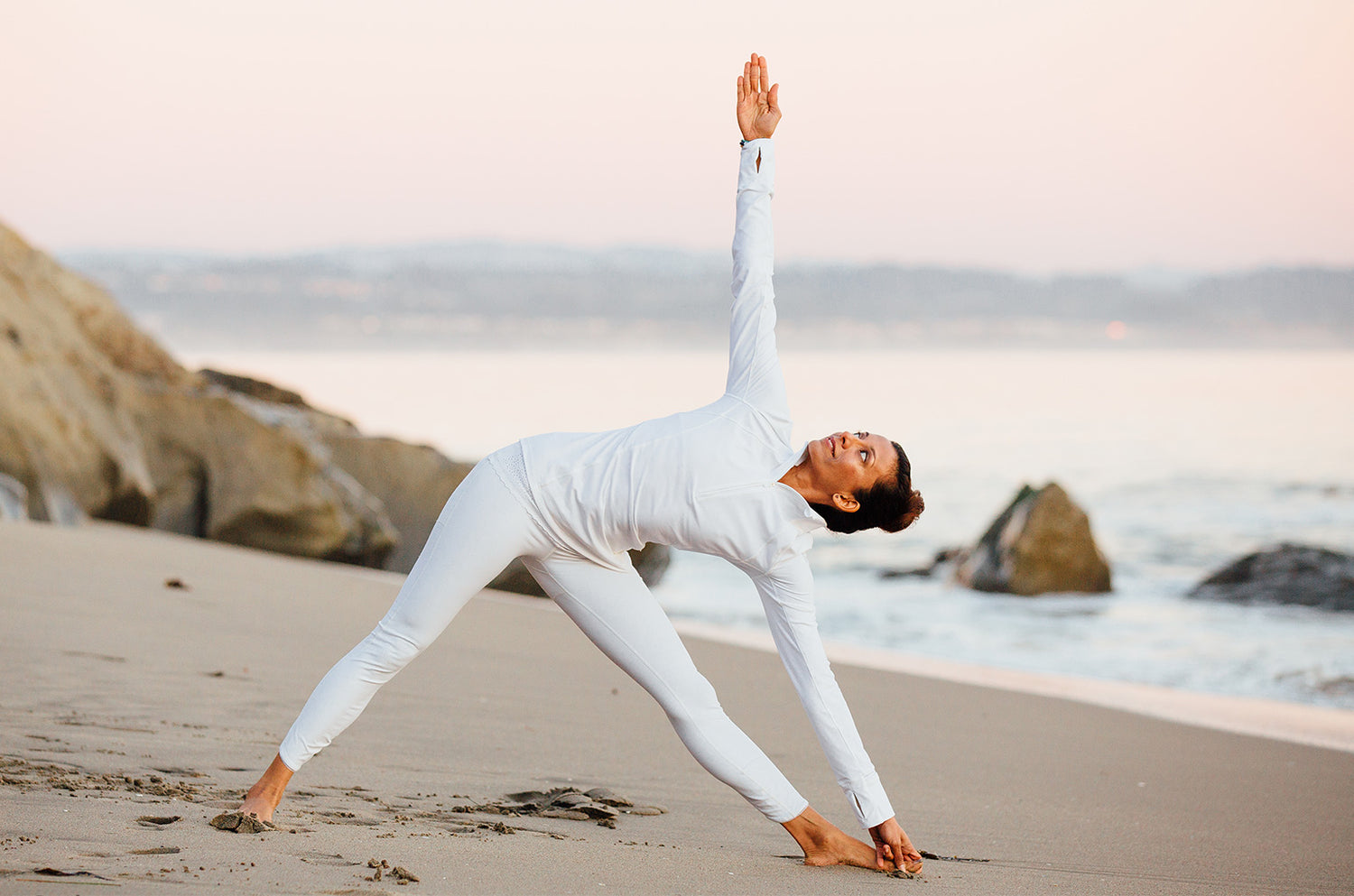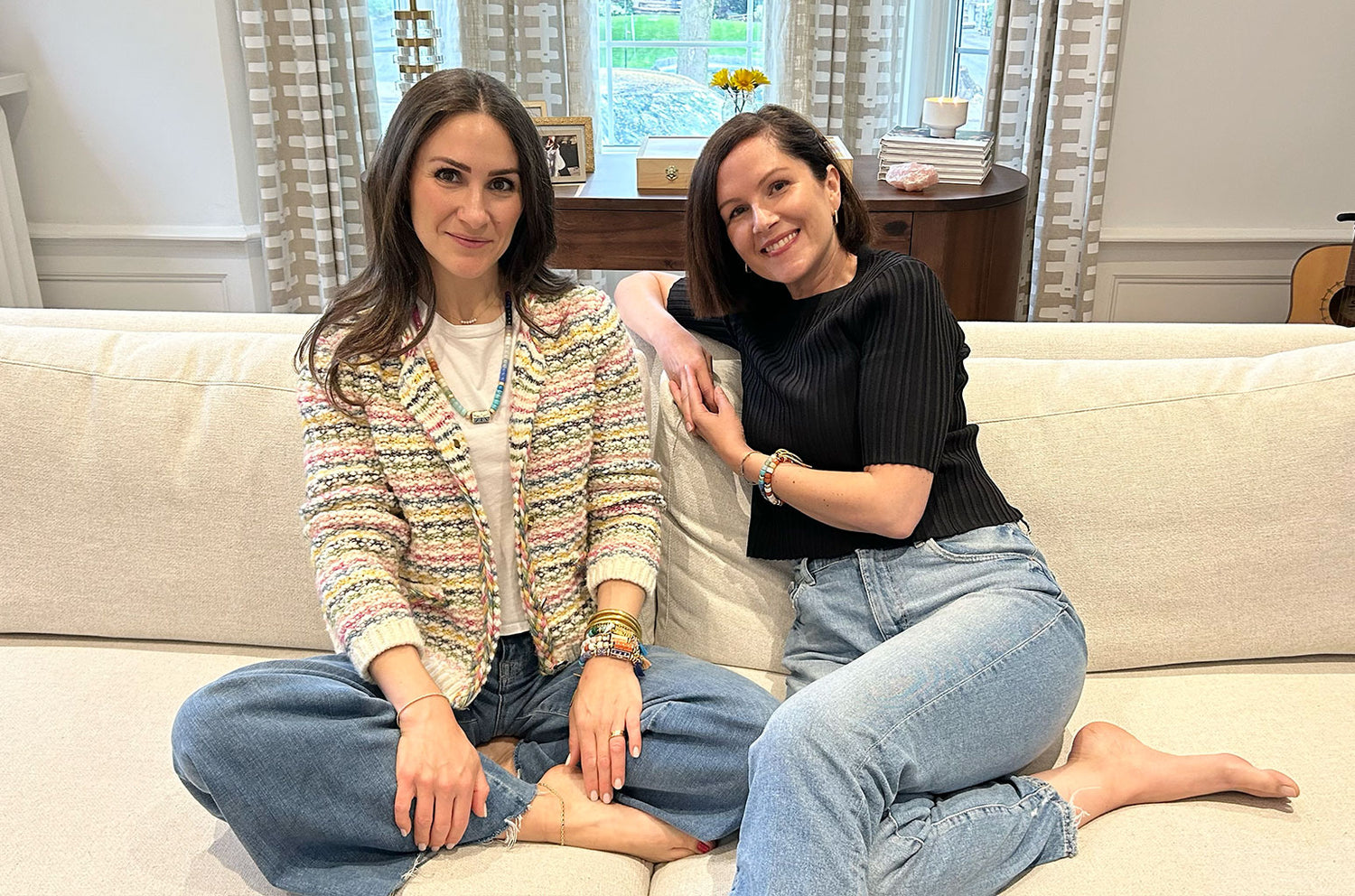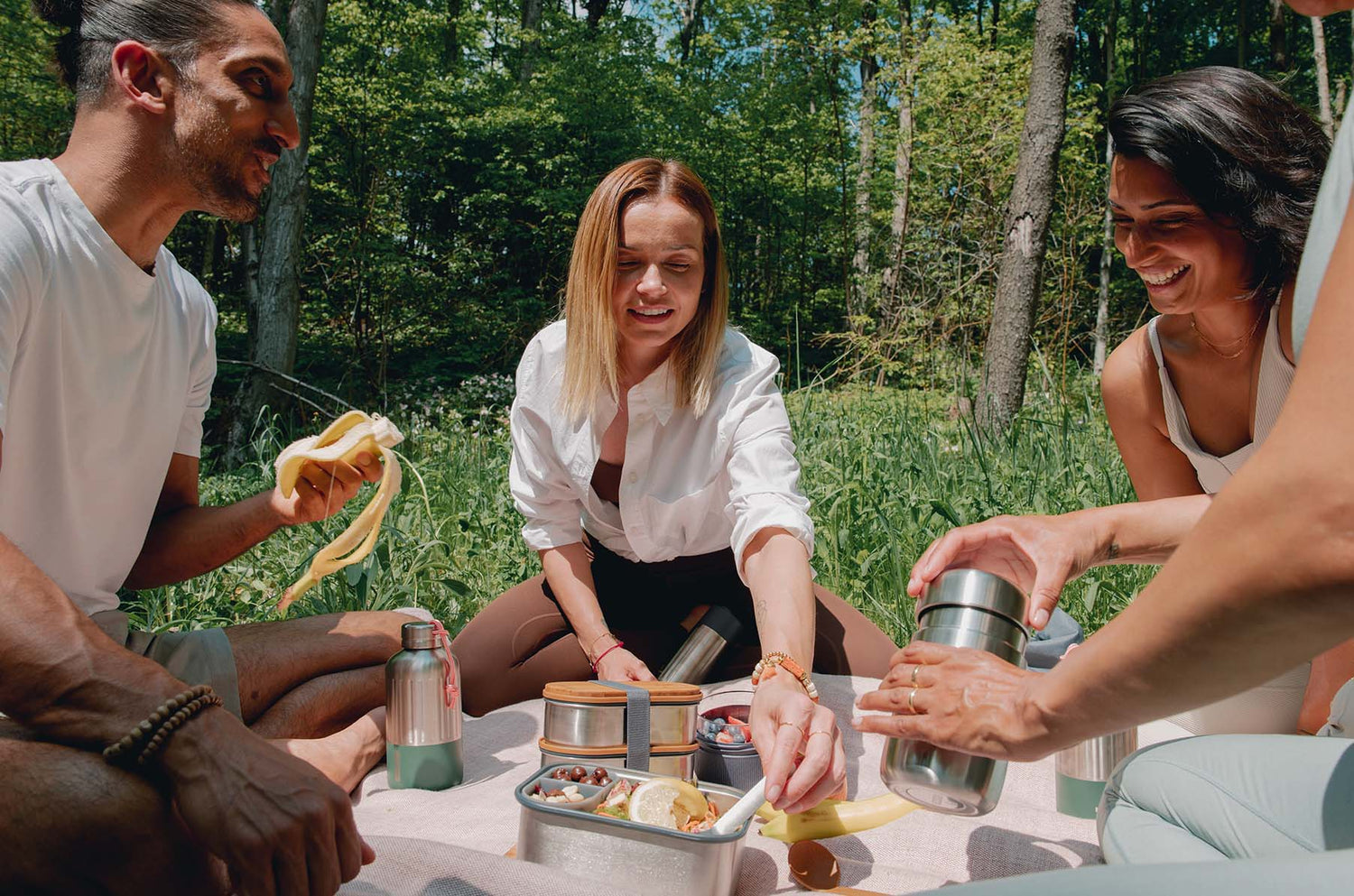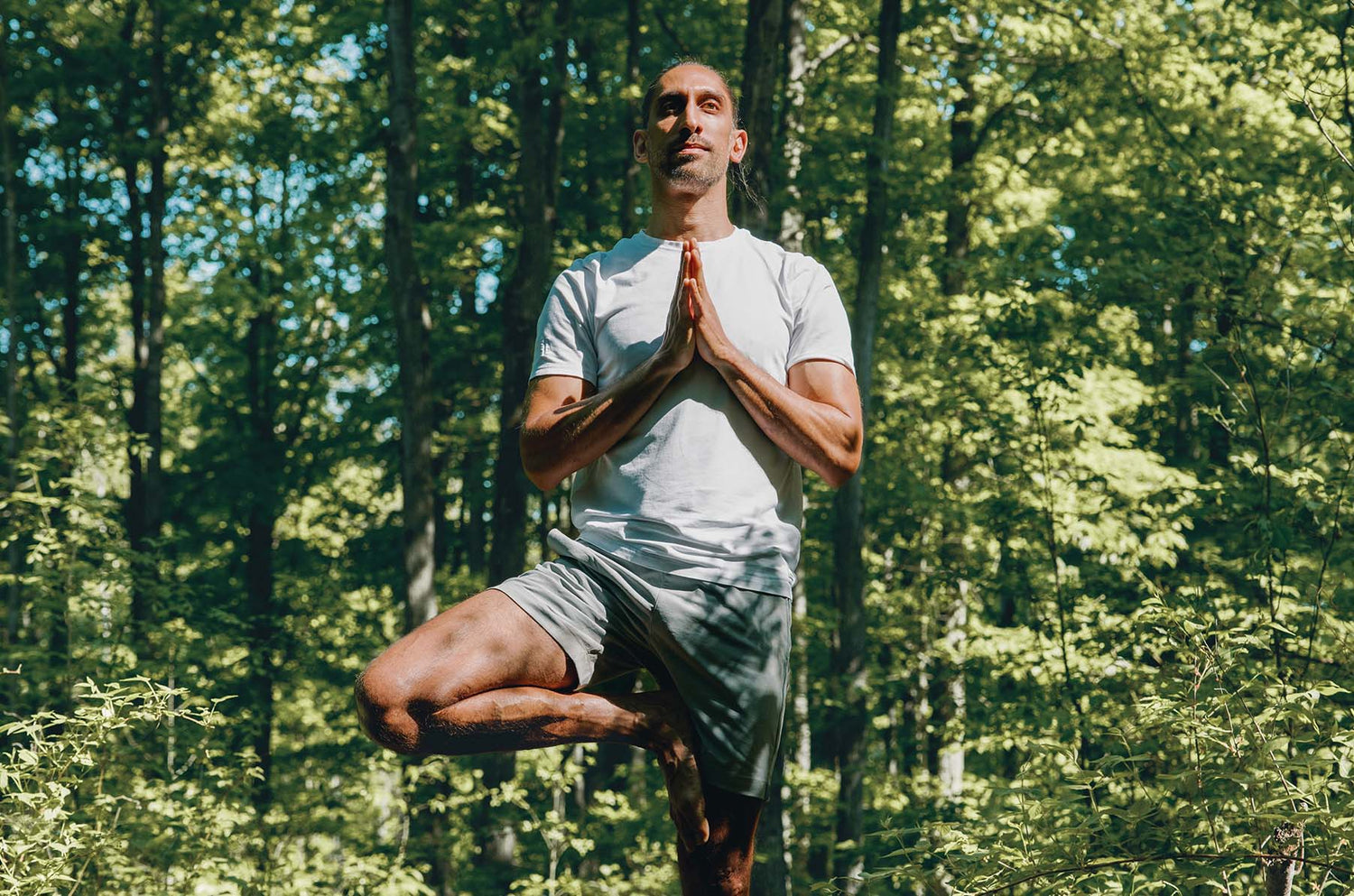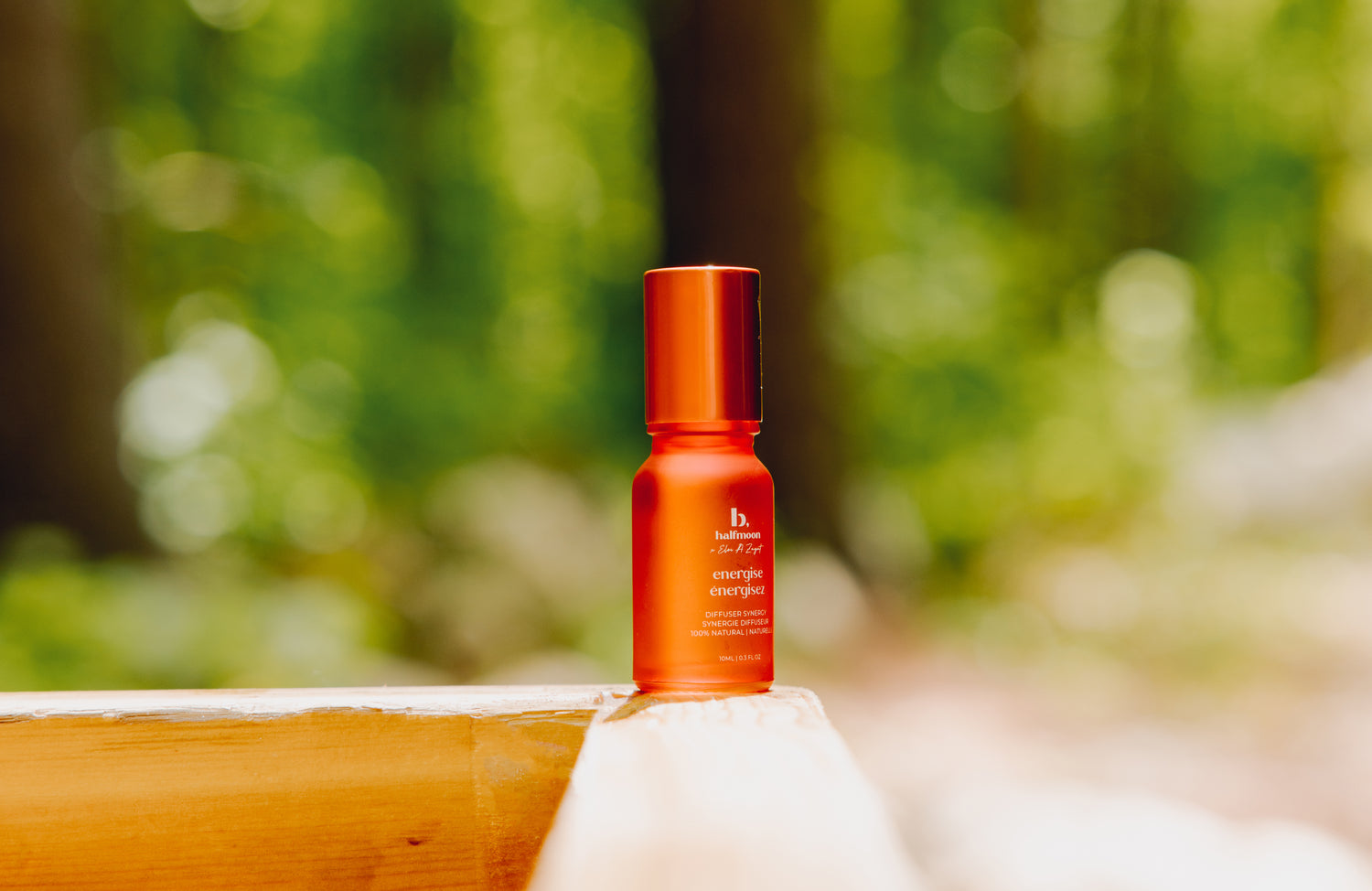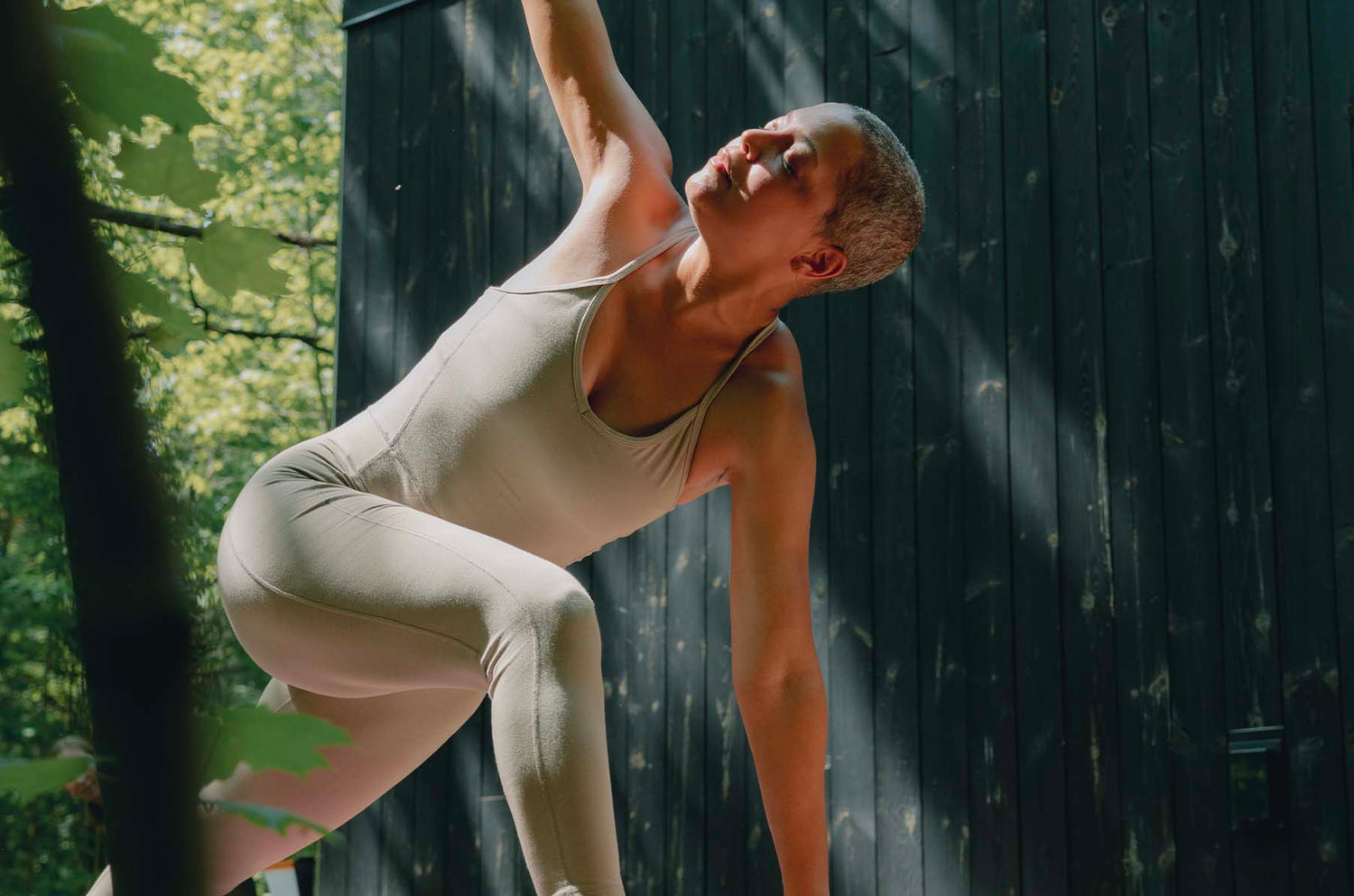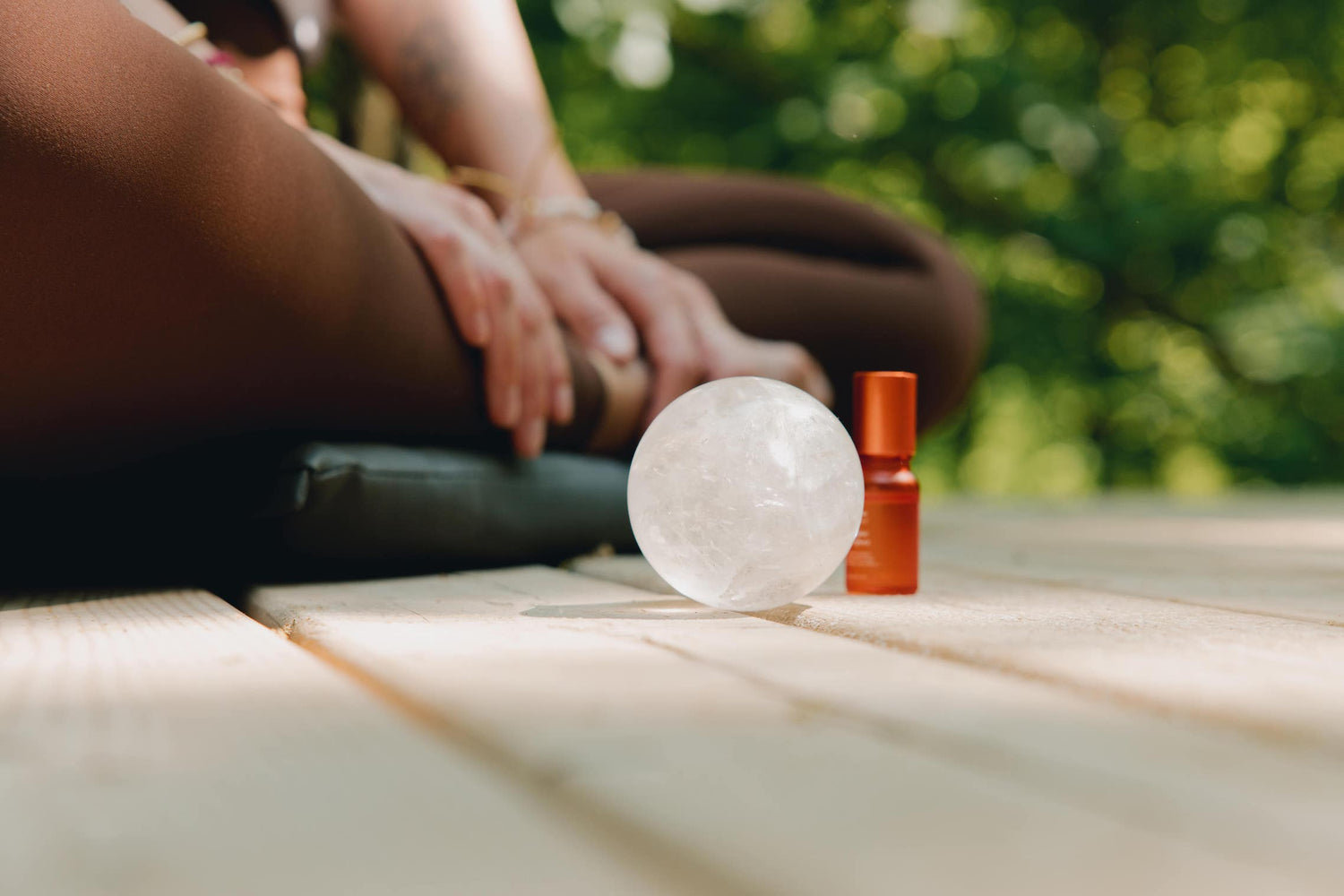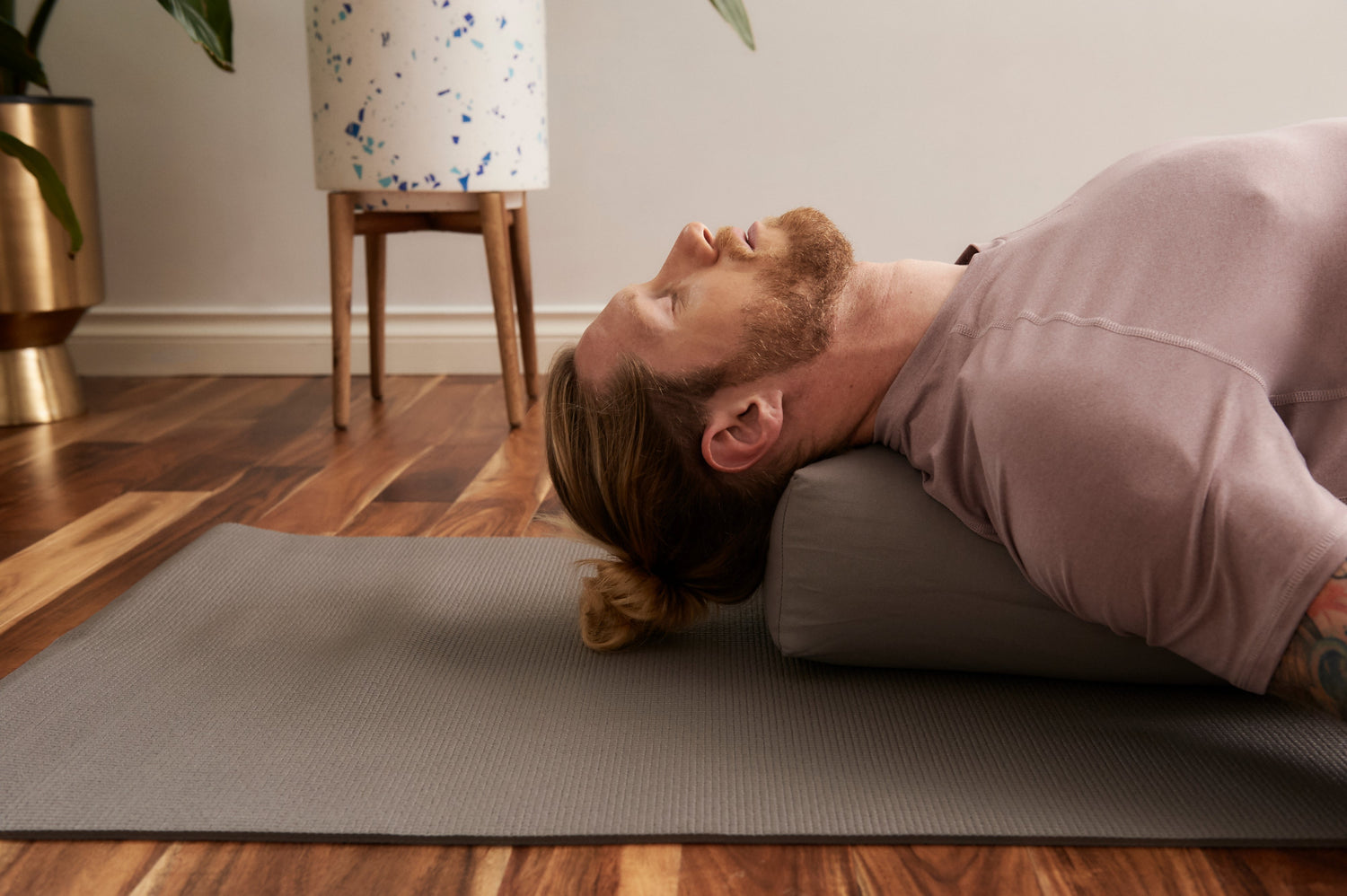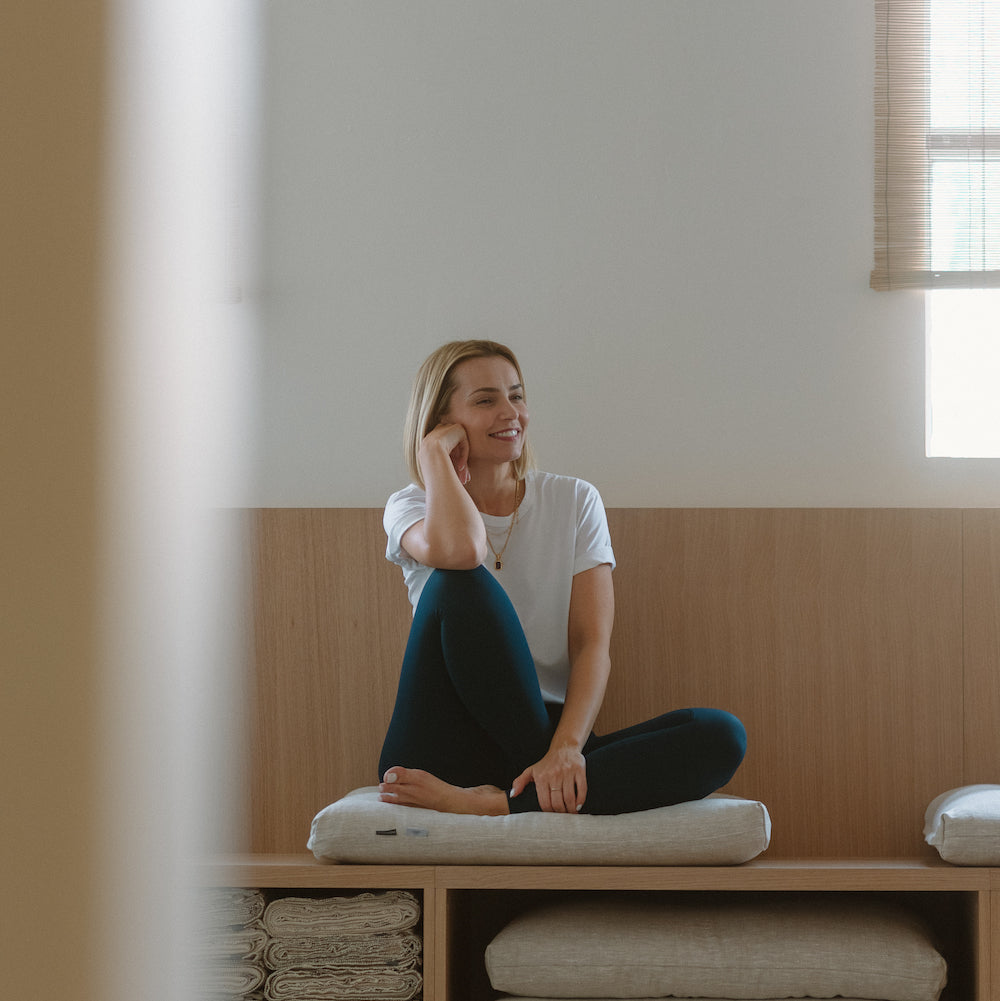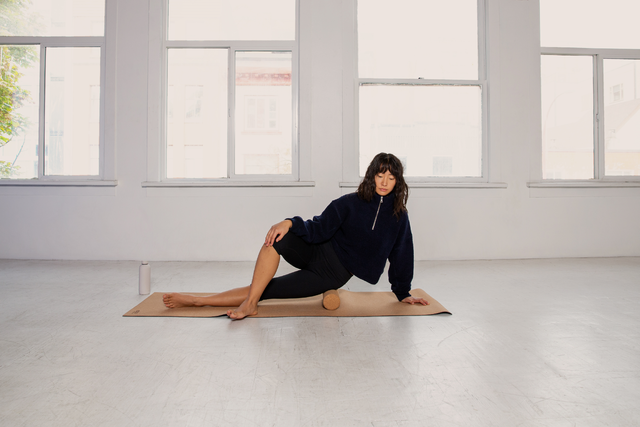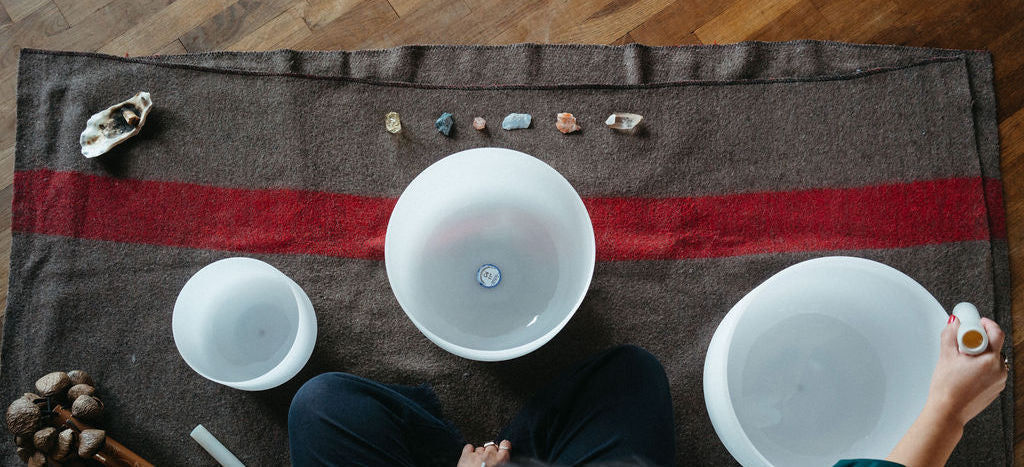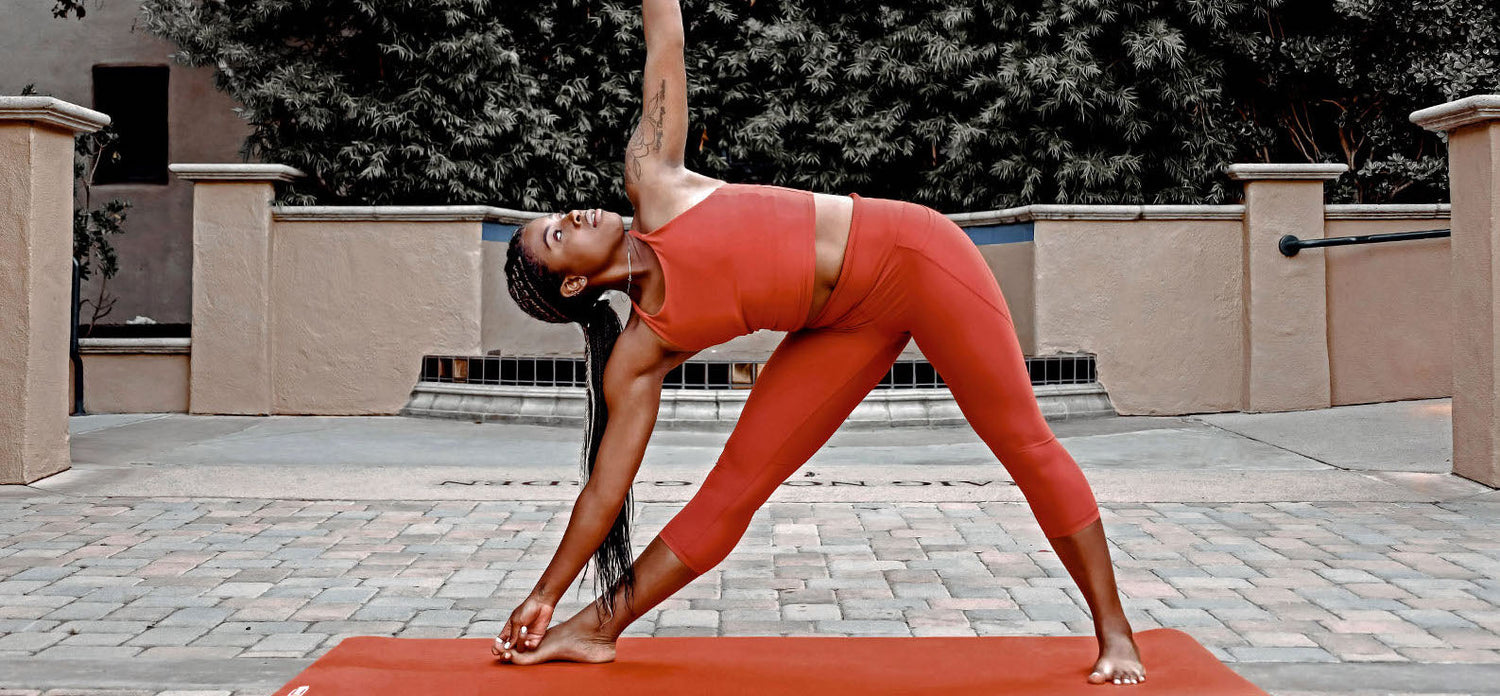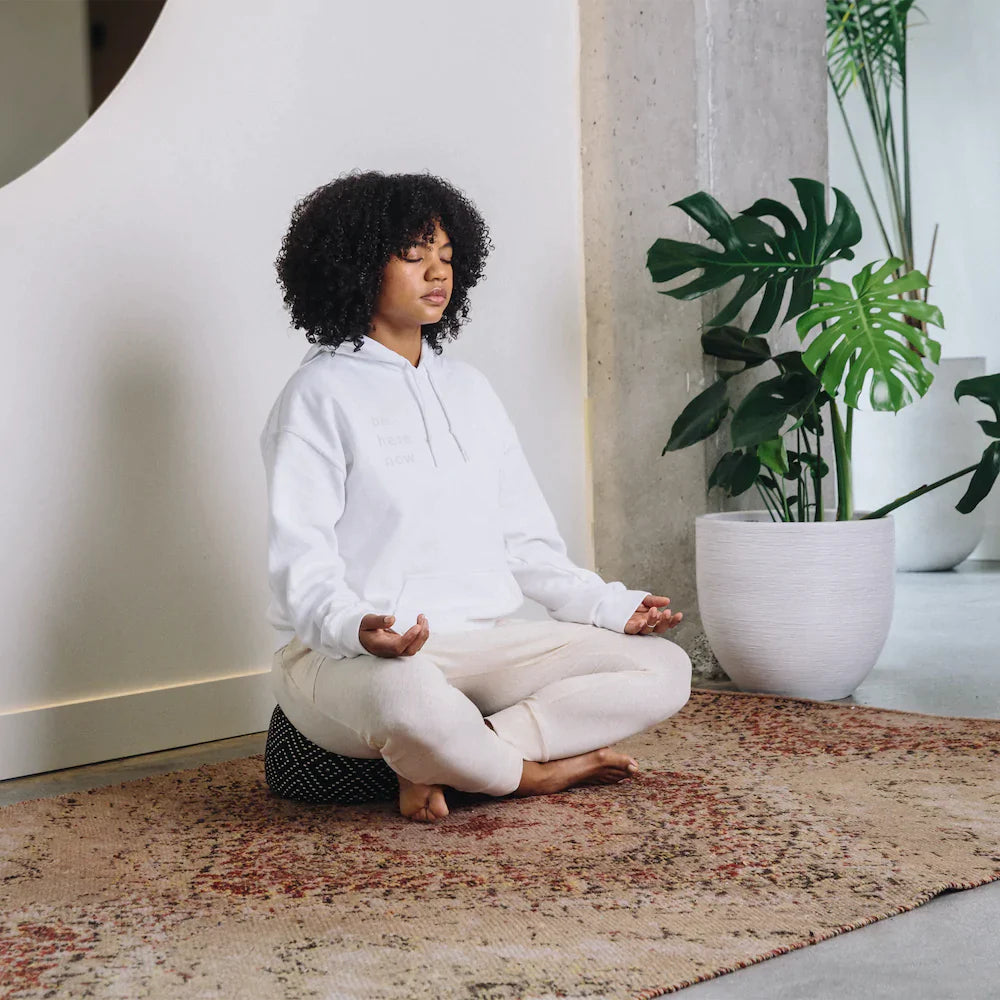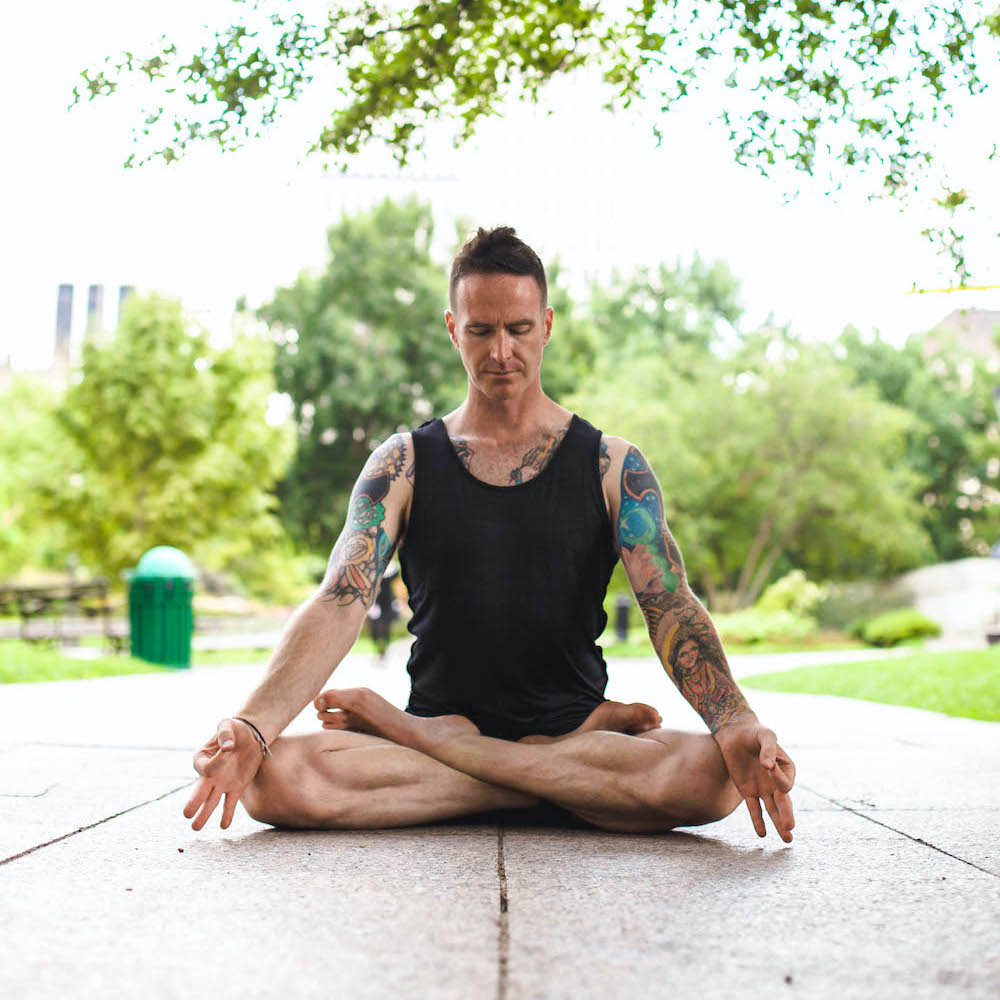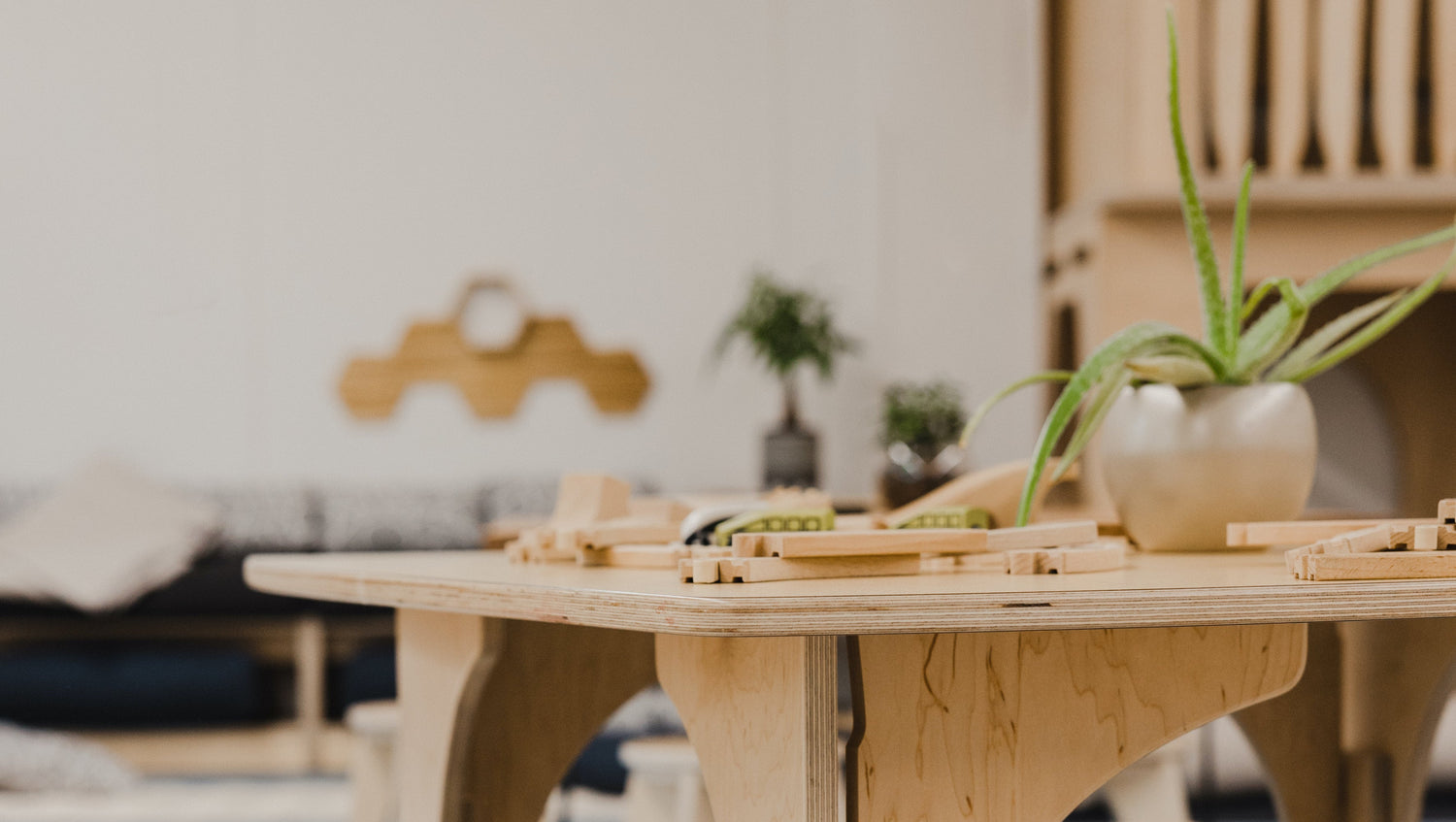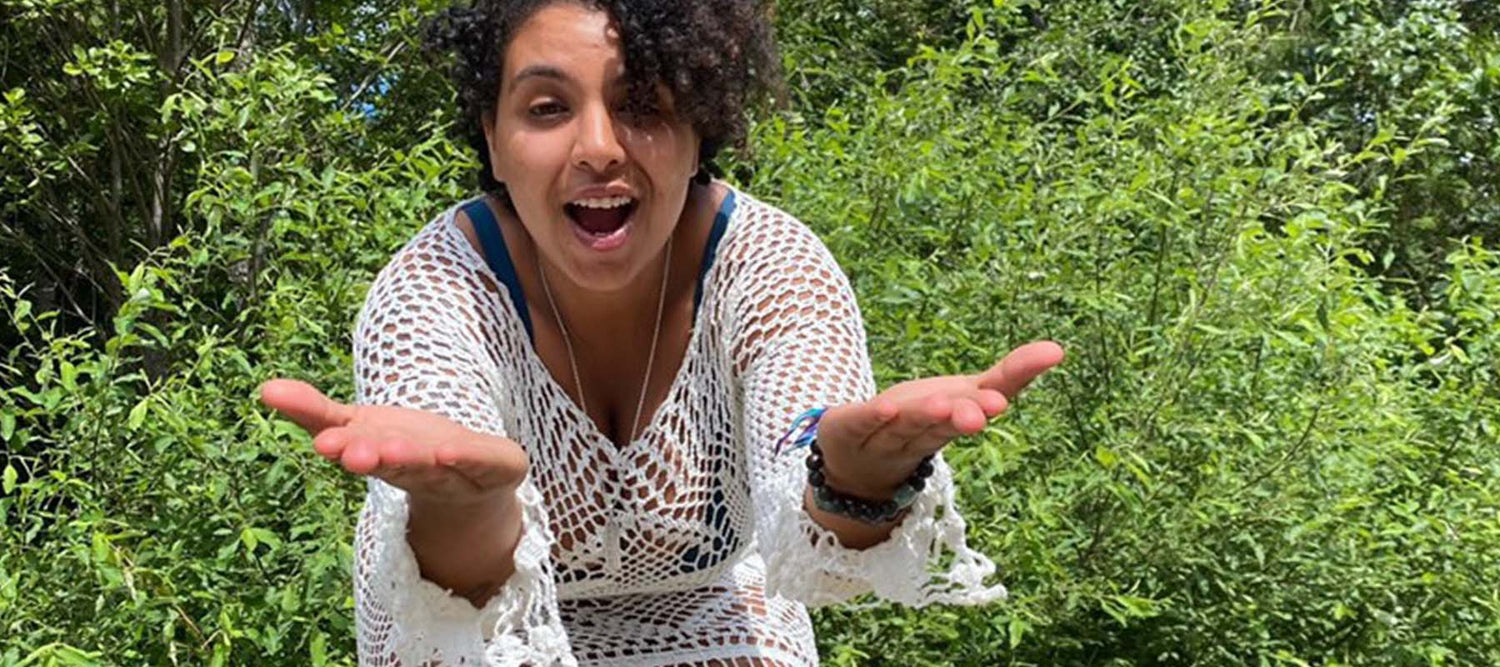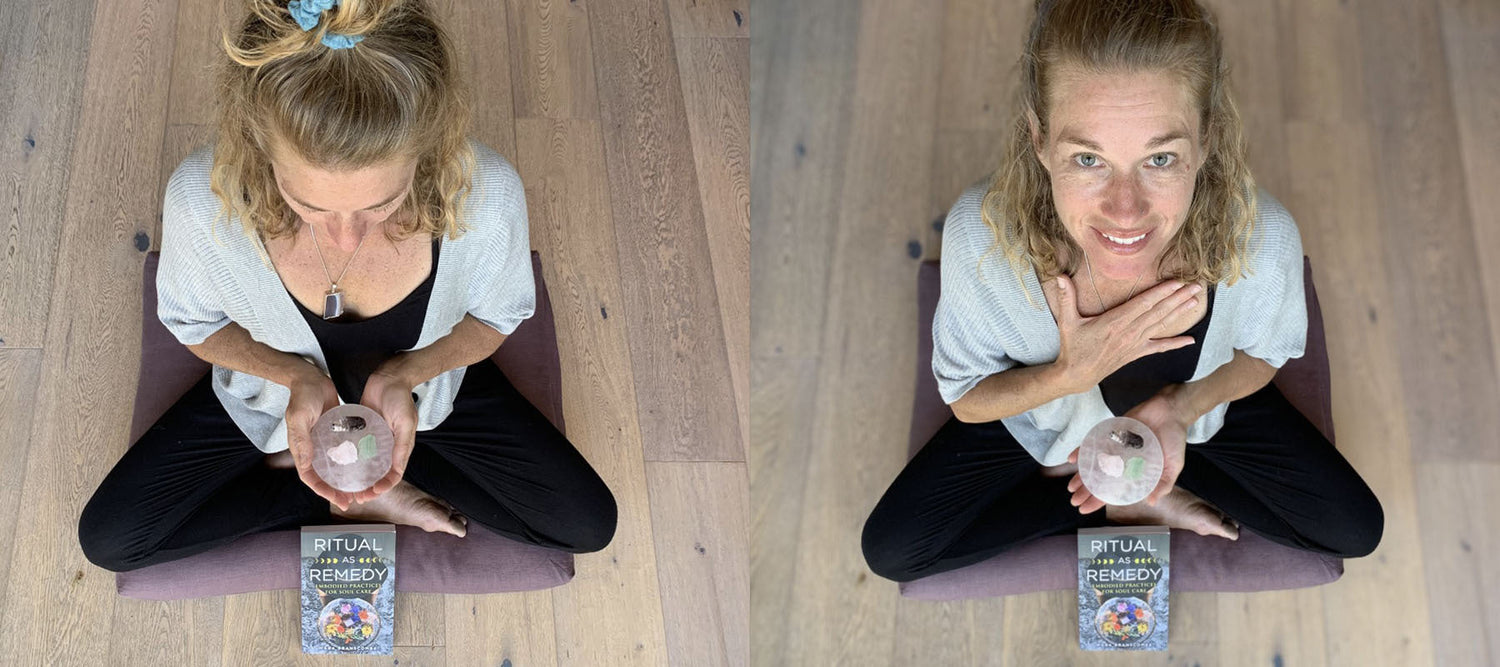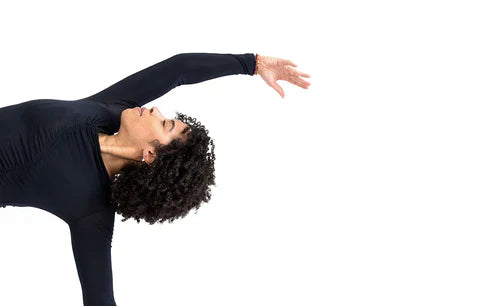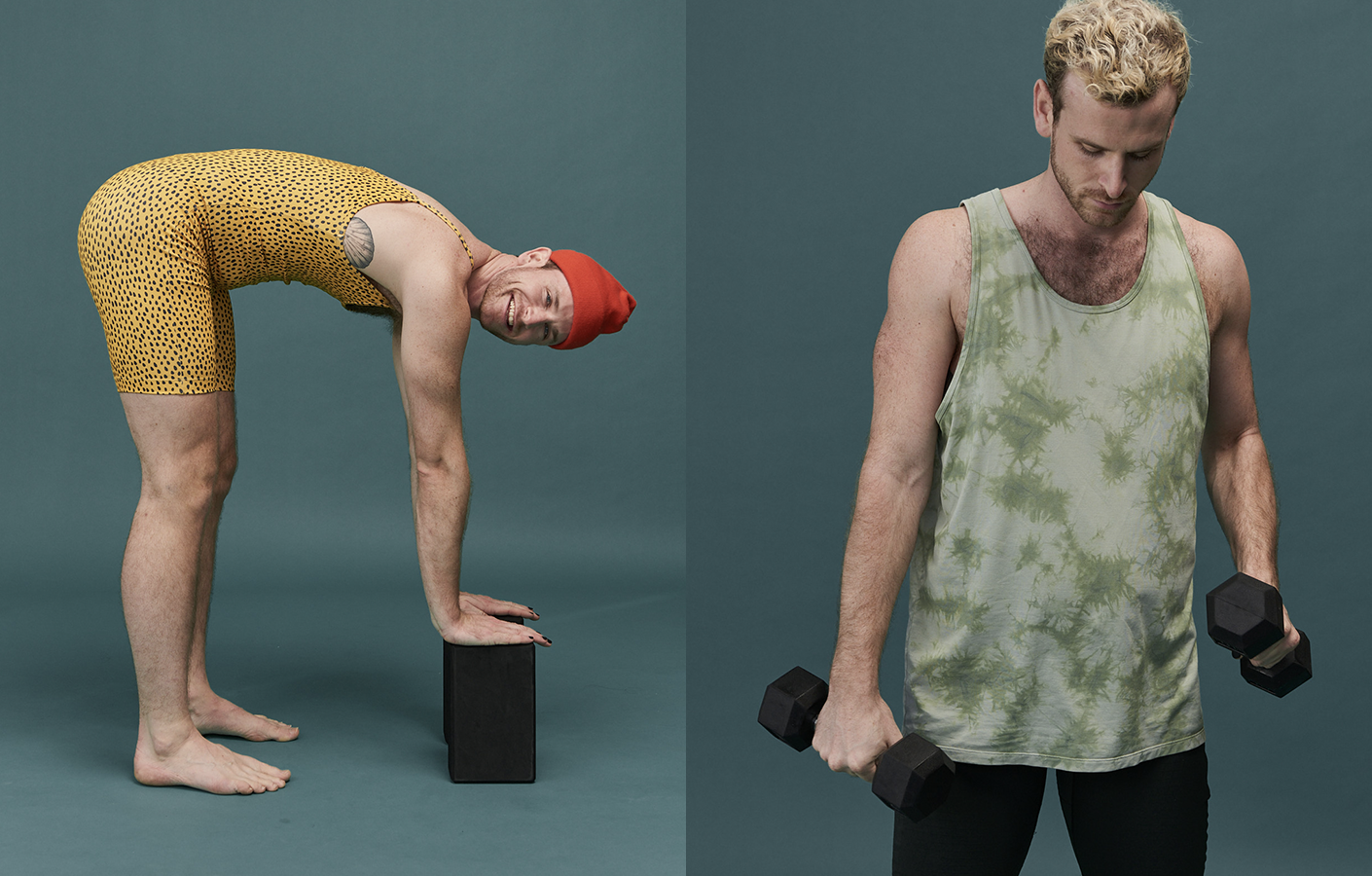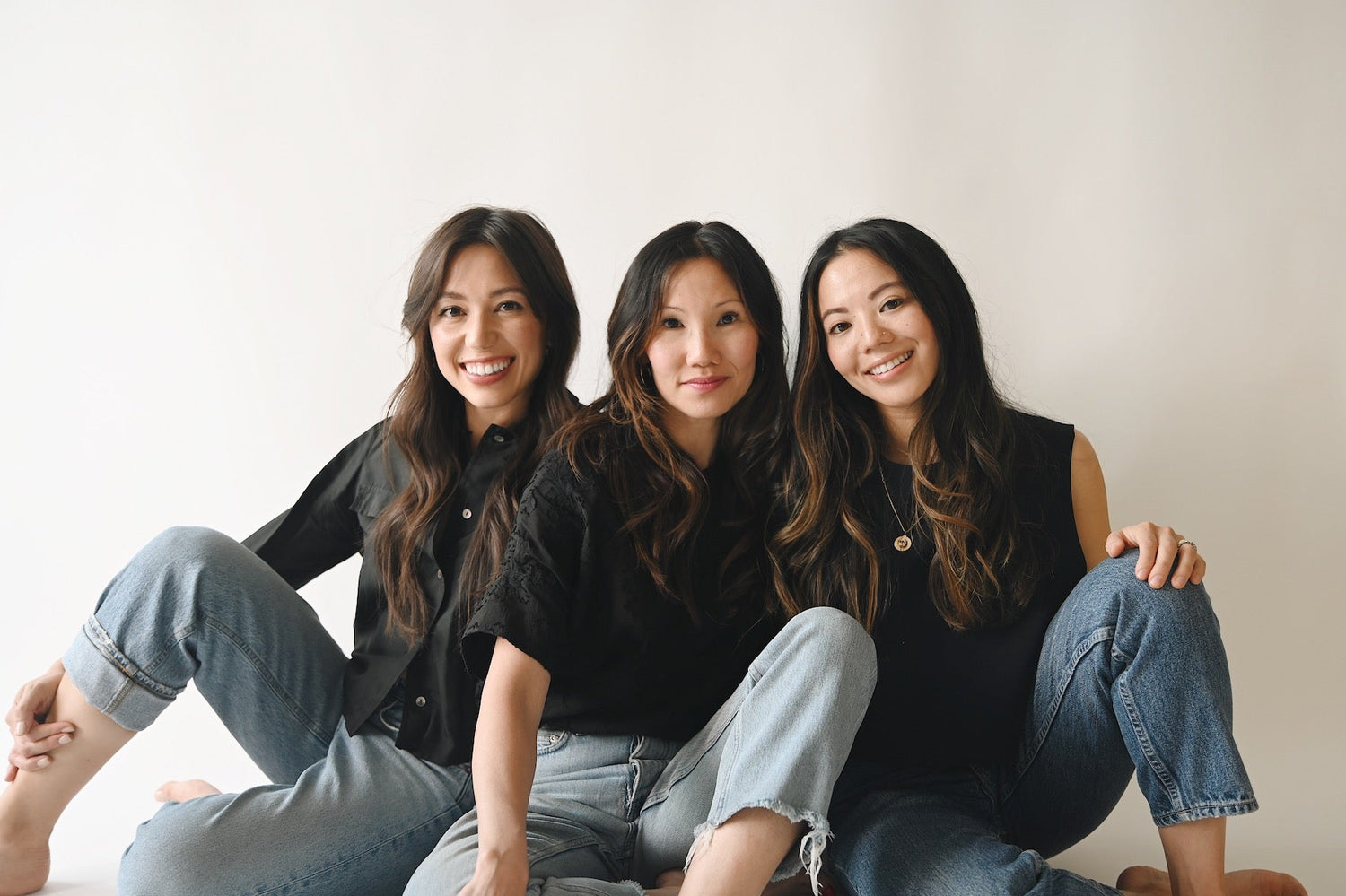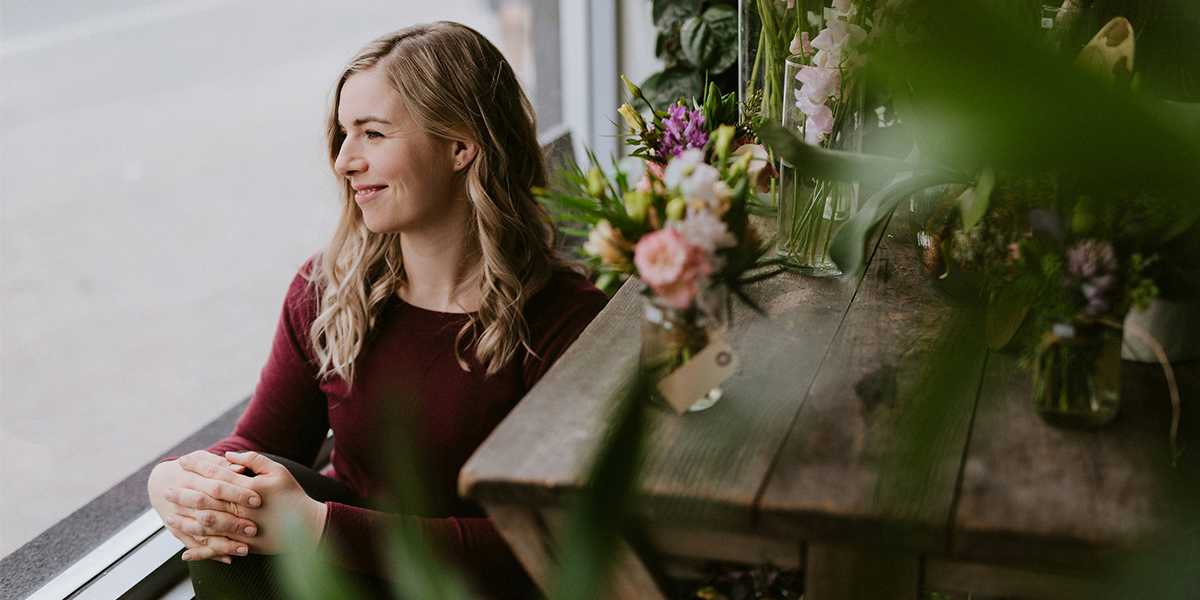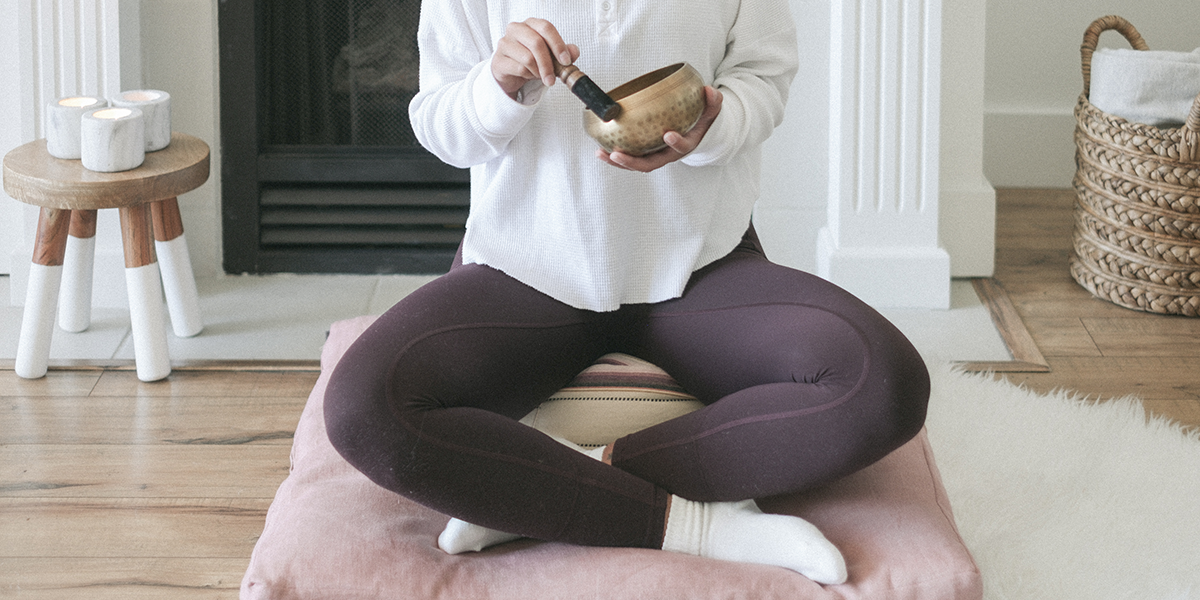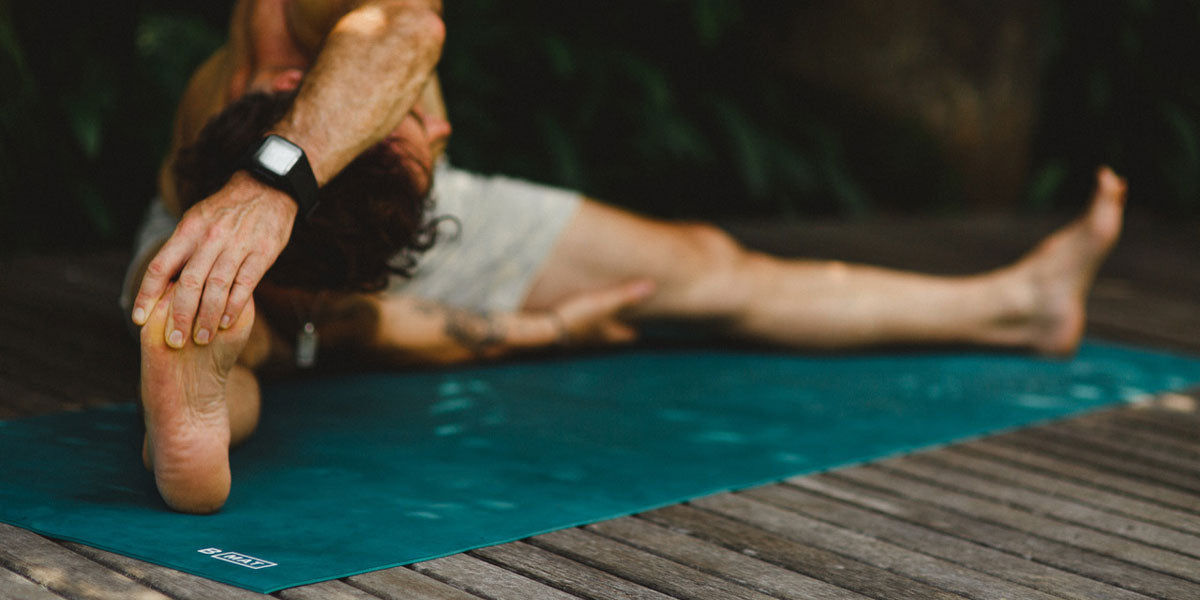Whether you’re navigating change, feeling overwhelmed or simply worried, you’re not alone. Through all of life’s challenges, finding meaningful ways to pause keeps us grounded and more in tune with what our bodies need.
Enter restorative yoga—a gentle, yet powerful practice often used to create an inner sanctuary of calm during chaos.
If it doesn’t come naturally just yet to reach for a b, mat or yoga bolster in trying times, restorative yoga may change that. It’s an incredibly healing way to cope mentally, emotionally and physically.
What is restorative yoga and is it good for beginners?
While dynamic yoga styles prioritize building flexibility and strength, restorative yoga teaches us to release tension and surrender to stillness. Whether you’re advanced in your practice or are new to yoga, this style leans into deep relaxation and stretching overactive movement. Props such as blankets, blocks and bolsters are used to support the body in restful poses for extended periods.
What are the benefits of restorative yoga?
With constant daily distractions, from our phones to our ever-growing to-do lists, finding a moment to turn off the noise isn’t easy. Not only can this practice soothe frazzled nerves and quiet the mind, but it can also encourage your body to tap into a deeper sense of acceptance and presence. By consciously engaging with your breath and releasing into the support of your props, restorative yoga is an impactful and beneficial way to process emotions while promoting inner peace. Aside from physical benefits, this practice offers a mindful approach to cultivating resilience and self-compassion so you can navigate life’s inevitable ups and downs.
How can I practice restorative yoga?
The best part of diving into restorative yoga? All you need is a block in your calendar, your go-to mat and props to get started. Here are a few different beginner-friendly poses to try out:
- Supported Relaxation Pose (Savasana)
Lay on your back with your legs extended and allow your arms to rest by your sides. Place your bolster or rolled-up blanket under your knees for additional support. As you close your eyes and inhale, allow your body to sink into your props.

- Supported Child’s Pose (Balasana)
Start by kneeling on your mat with your toes together and knees apart. Place a bolster of your choice in front of you, vertically. Slowly lower your torso onto your bolster and rest your forehead on the support. As you extend your arms alongside your body, close your eyes and breathe deeply. This pose will release tension in the hips, back and shoulders.

- Reclining Bound Angle Pose (Supta Baddha Konasana)
Lay on your back with your knees bent and place your feet flat on the floor. Slide a bolster, rolled-up blanket or pillow under your knees. Relax your legs and form a diamond shape while keeping your arms by your sides, palms facing up. With each breath, allow your heart center and chest to open.

- Legs-Up-the-Wall Pose (Viparita Karani)
Allow your body to find support against a wall, keeping your knees bent. Slowly swing your legs up the wall while lowering your back to the ground. Adjust your distance from the wall to ensure that you don’t experience pain or discomfort, then rest your arms by your sides. As you close your eyes, envision any weight on your chest or body drifting away.
- Supported Bridge Pose (Setu Bandhasana)
Lay on your back with your knees bent and feet apart. For support, place a bolster, black or rolled blanket under your sacrum. Allow your weight to fall into your feet and lift your hips towards the sky. Once you’ve found a comfortable height, rest your arms along your body. Allow your breath to flow as you open your chest and gently release any lower back tension.
When it comes to finding hope and healing, restorative yoga serves as a reminder that tranquillity and ease can often be found within. By making time to pause and appreciate each breath, we allow ourselves to discover valuable tools for staying present through all of life’s obstacles.

